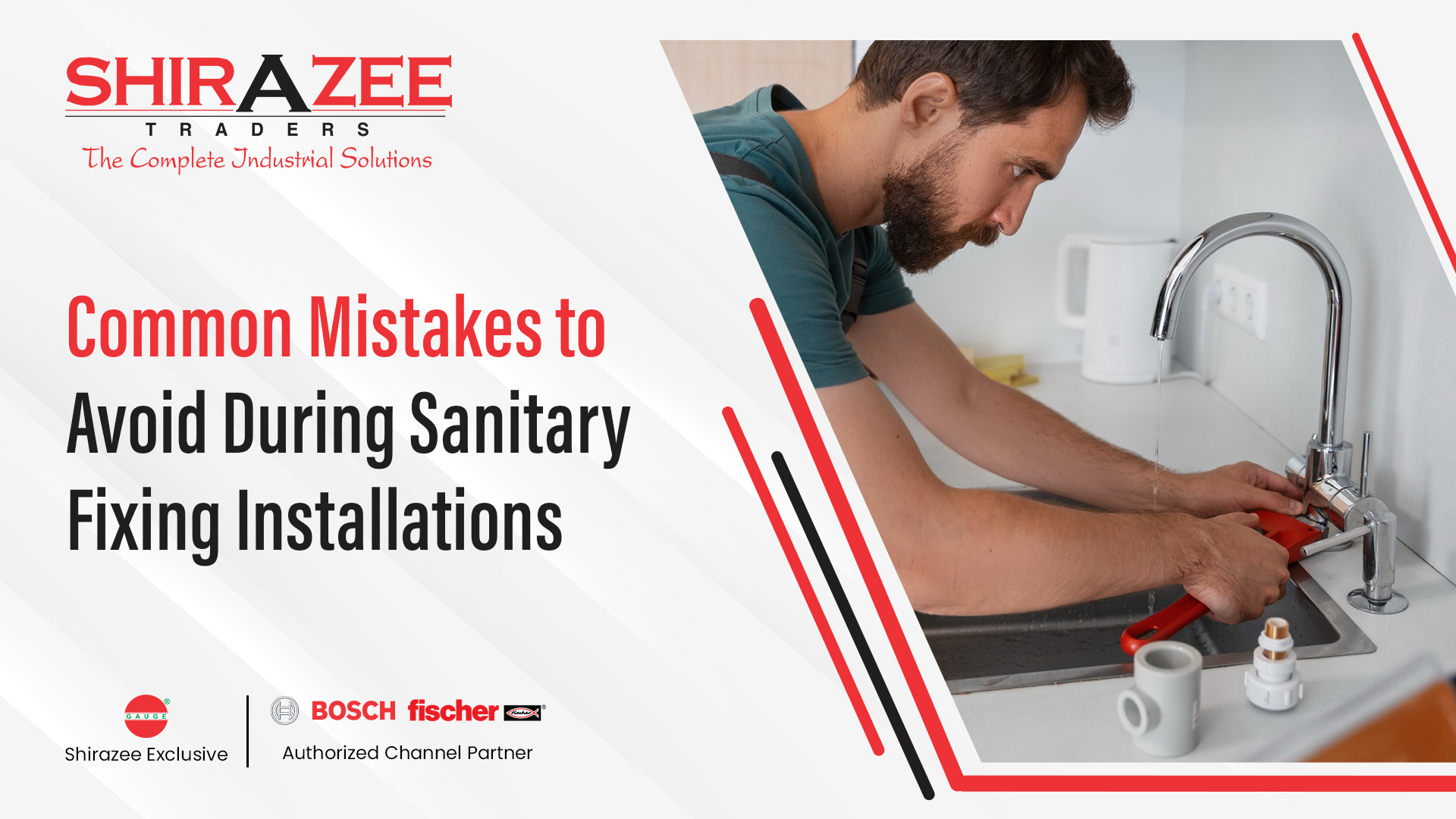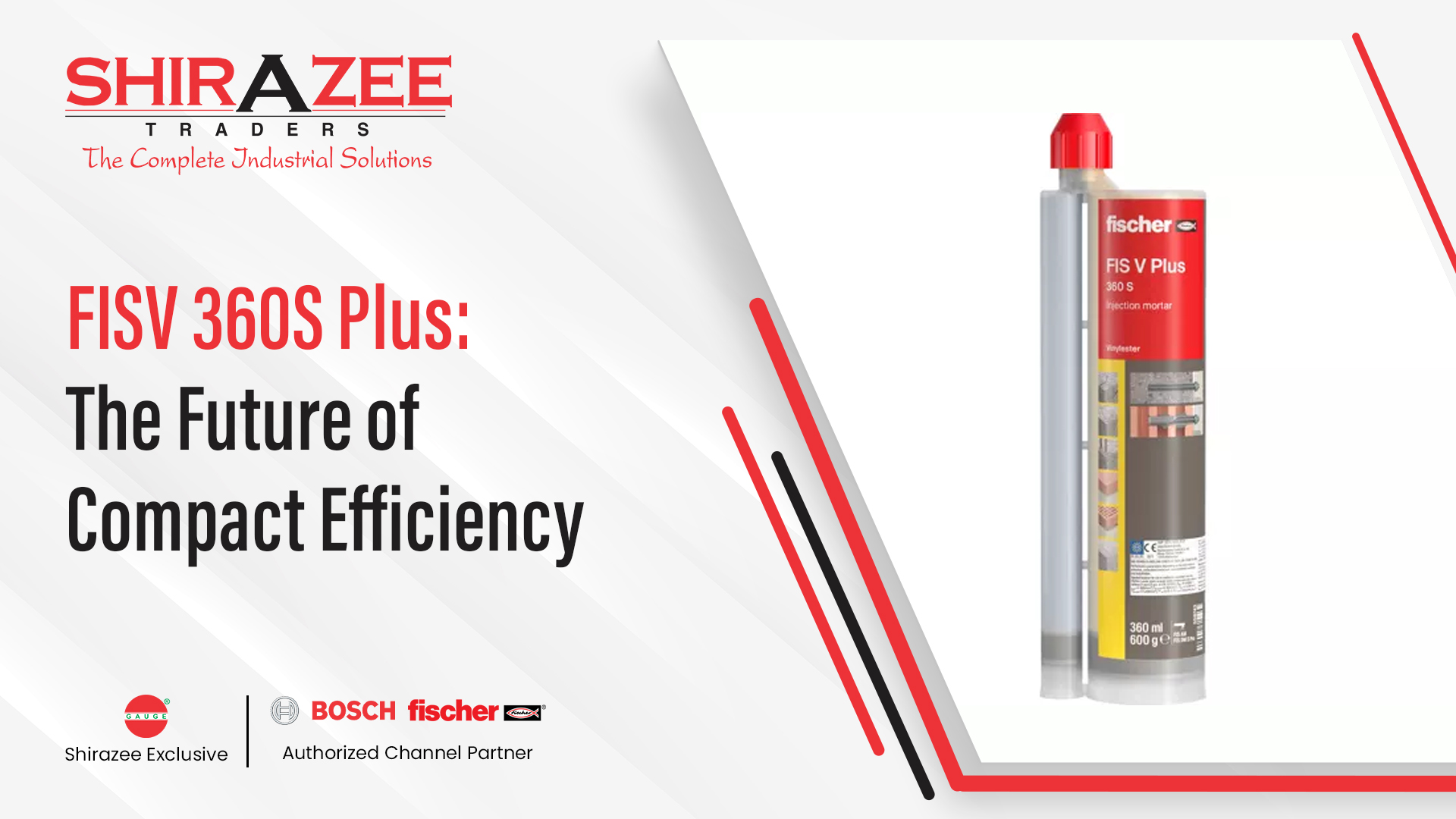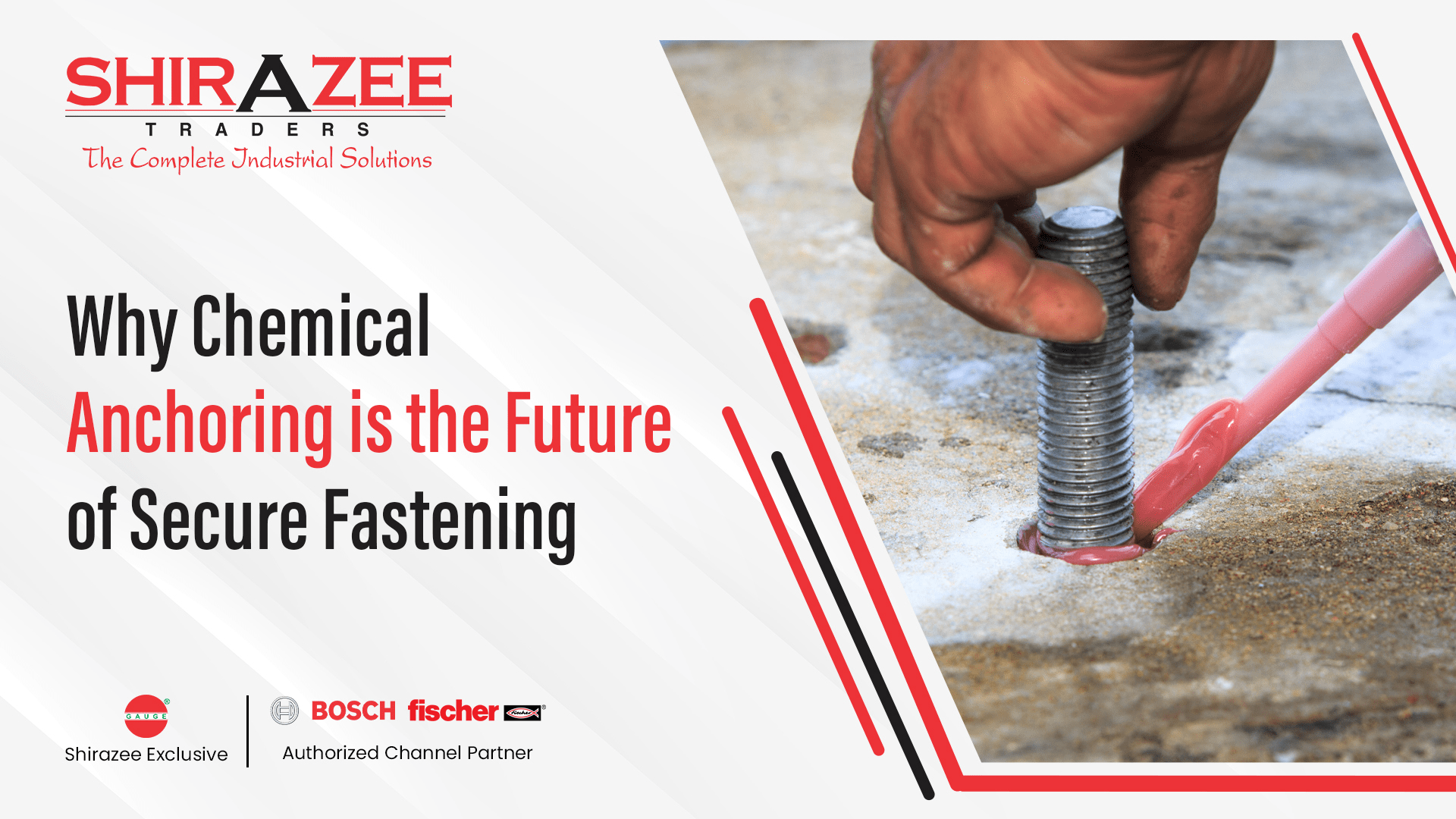
Ever installed a bathroom fitting and ended up redoing the entire thing because something did not sit right? Happens more often than you think.
One wrong screw or a careless drill hole can snowball into hours of repair and frustration. Whether you are a contractor trying to keep timelines tight or a technician aiming to finish a job with zero callbacks, skipping the basics of proper sanitary fixings can cost more than just your peace of mind.
In practical construction solutions, attention to detail sets apart a smooth installation from a messy one, especially with water, weight, daily wear, and fixtures that deal with water, weight, and daily wear. It is all about using the right tools, prepping the right way, and knowing exactly what not to do.
This blog walks you through the most common mistakes folks make during sanitary fixings and how to avoid them, because doing it right the first time is always easier than fixing it later.
Mistake 1: Using the Wrong Type of Fastener
This one is a silent killer. Most people grab whatever screw or bolt they find in the toolbox and call it a day.
But not all fasteners are built for wet zones. When working with sanitary fixings, you need corrosion-resistant fasteners that can take a beating from water, weight, and temperature changes. Using cheap or mismatched fasteners is like putting flip-flops on a hiking trip. Sooner or later, something gives out.
Fasteners must hold firm, especially when the fixture carries weight or deals with constant moisture. Stainless steel, brass-coated, or properly treated anchors make a big difference. If you pick the wrong type, you are not just risking the fixture—you are risking leaks, cracks, and worse, a callback from an unhappy client.
The trick? Think beyond installation. Choose fasteners that match the material, moisture level, and weight-bearing needs. The better your choices, the stronger your construction solutions become.
Mistake 2: Ignoring Wall Type & Anchor Compatibility
Walls are not all the same. Some are stubborn, some are flaky, and some pretend to be strong until you drill into them. Ignoring the type of wall you are fixing into is like throwing darts in the dark. You may get lucky once, but it is not a strategy.
Sanitary fixings demand a serious look at what is holding them up. A porcelain sink needs something much sturdier than a basic wall plug in drywall. If you are dealing with concrete, brick, or gypsum, the anchoring method has to match up. Otherwise, your fixture will wobble, tilt, or worse, come crashing down.
Use wall-specific plugs, sleeves, and anchors. Drill the right-sized hole, and use the correct torque. Sounds boring? Maybe. But your fixture will thank you later. Strong construction solutions begin with respecting the wall you are working with. Match your anchors to your wall, and your installations will stand the test of time.
Mistake 3: Skipping Pre-Installation Checks
You would not bake a cake without checking if you have eggs, right? Then why start an installation without checking the basics? Skipping prep work is the classic setup for future regret. Before drilling anything, always check the wall alignment, the level, the water outlet location, and the condition of the pipe connections.
Take a breath, pull out the spirit level, and inspect everything. You will be surprised how many issues you can spot before they become disasters. Is the surface flat? Is there enough support behind the wall? Is the fitting compatible with the existing pipeline? These few minutes of prep separate quick-fix jobs from long-lasting construction solutions.
Also, keep all tools ready—from drills to sealant. Avoid using random leftover parts. Your sanitary fixings deserve better than guesswork. The smoother your prep, the faster your finish.
Mistake 4: Overtightening Fixtures or Screws
More pressure does not always mean a better hold. Overtightening is one of the fastest ways to ruin a perfect installation. It can crack ceramic, strip threads, deform gaskets, or break the fastener.
When dealing with sanitary fixings, you need finesse, not brute strength. Use washers to spread the load evenly. Hand-tighten until snug, then give it a cautious half-turn if required. That’s it. Anything beyond that, and you are walking into the danger zone.
Another common miss? Using power tools for tightening delicate components. Keep it old-school here. A manual screwdriver gives you more control. Your goal should be balance—tight enough to hold and loose enough to protect.
That extra twist might feel satisfying in the moment, but it can shatter your construction solutions in the long run. Strong does not mean tight. It means smart.
Mistake 5: Poor Waterproofing and Sealing
Water has a funny way of finding the tiniest gaps and turning them into significant problems. That is why good sealing is a non-negotiable part of any sanitary fittings job. Sloppy sealant work or ignoring waterproof gaskets will always come back to haunt you.
Dusty surfaces, wrong type of sealant, uneven application—these things seem small but lead to significant leaks. Always clean and dry the surface first. Use silicone or waterproof adhesive designed for high-moisture areas. Do not rush the curing process. Give it time to set, even if your client is breathing down your neck.
Waterproofing is not just about preventing leaks. It is about longevity. It holds the whole setup together, keeps mold at bay, and saves you from getting that dreaded complaint call a week later. Want your construction solutions to last? Give the sealing the attention it deserves.
Mistake 6: Not Considering Long-Term Maintenance
Focusing on the present is so easy that you forget the future. But if servicing or replacing a fixture means breaking tiles, unscrewing half the bathroom, or rerouting pipes, something went wrong during installation.
Good sanitary fixings are about accessibility too. Use modular fittings where possible. Leave access points, consider removable panels, and plan routes that won’t make future you curse present you.
Think like the next technician. Will they be able to reach the fitting? Can they change it without cutting into the wall? If not, rework the setup. Great construction solutions do not just perform well—they also evolve well.
Make installations future-friendly. Your client may not notice it now, but your future self will be grateful.
Mistake 7: Using Substandard Fasteners from Unreliable Sources
It might feel like a bargain, but that off-brand fastener you bought from the dusty shelf at the local shop? That is going to cost you later. Substandard fasteners rust, snap, or lose grip quickly, especially in humid and wet environments.
Sanitary fixings need high-quality, tested components. Think anti-corrosion coating, proper threading, and strength-tested bolts. Using fasteners from questionable sources is like building on sand. Everything looks fine, until it does not.
The truth is, solid construction solutions depend on solid components. Do not gamble on the backbone of your fixture. When in doubt, choose quality every single time. It may cost a little more upfront, but it saves you tenfold in reputation, rework, and regret.
Summing Up!
If you have read this far, you may care about doing the job right. That already puts you ahead of most. From choosing the right fastener to thinking ahead for maintenance, these are not just good habits—they are the mark of a professional.
Avoiding these mistakes can turn your next sanitary fixtures project into a smooth, reliable, and efficient job. After all, the best construction solutions are the ones you never have to revisit. Fix it once. Fix it smart.







